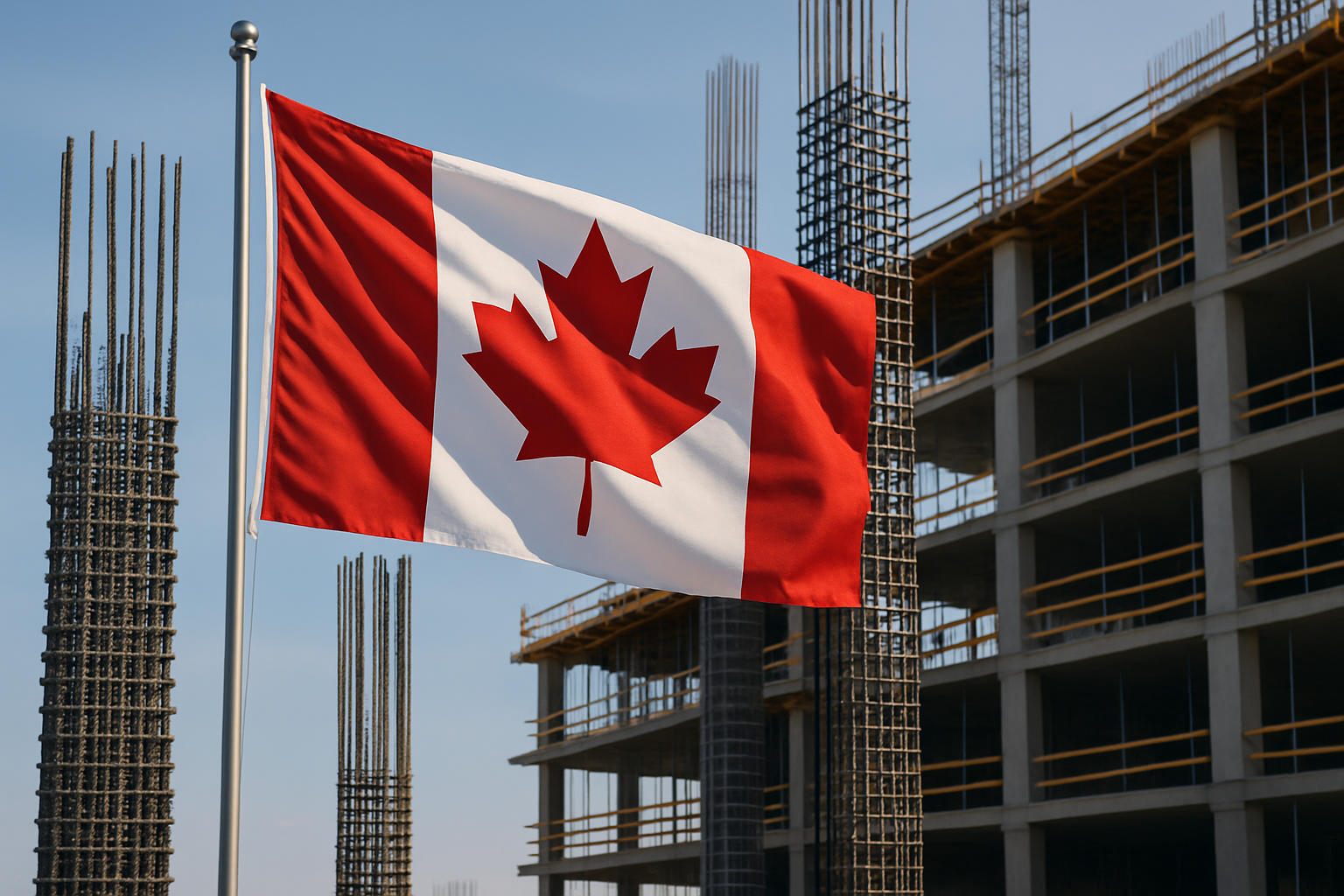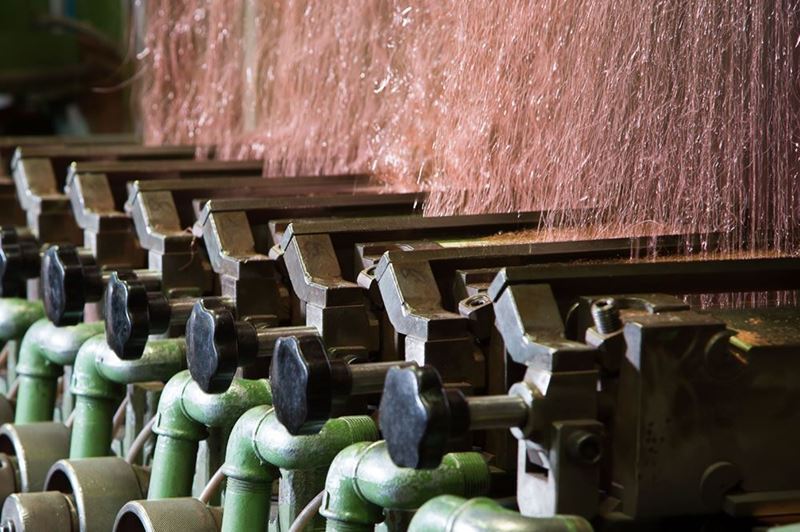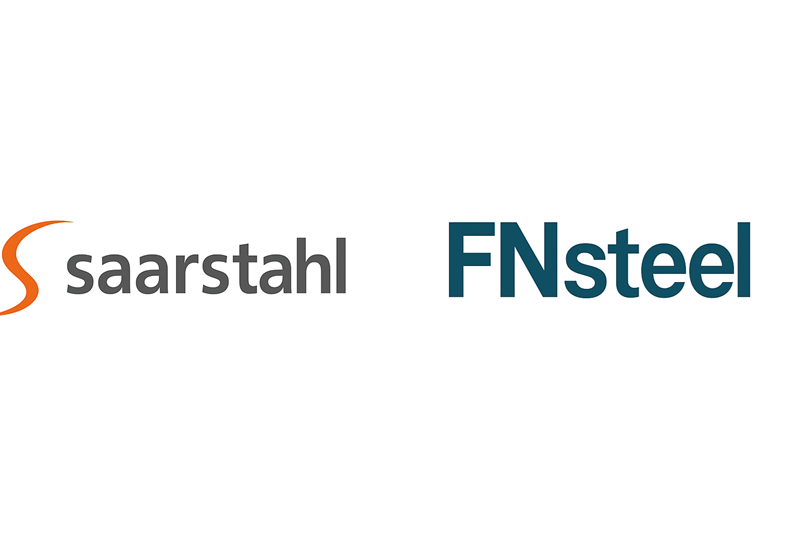In the residential sector in particular, a disconnect between planning and execution phases is drawing attention. Delays in high-rise residential projects, coupled with a notable slowdown in commercial and industrial activity, are contributing to a subdued environment. Even early-stage projects are showing little to no progress on-site, signaling low market confidence. In some cases, material quotations have been requested, yet no groundwork has been started at construction sites.
Many producers in Canada are struggling to cope with the weak domestic demand. Prices for structural steel products such as beams and HSS tubes have fallen back to levels seen in the first quarter of the year. In contrast, production in the United States appears to be proceeding at a more balanced pace.
Import Dependence Highlights Market Vulnerability
Canada’s steel industry remains largely reliant on imports. Changes in global trade policy, including tariffs and safeguard measures, continue to disrupt supply flows. This volatility is affecting not only domestic pricing but also investment decisions.
Experts note that this level of dependence makes Canada more vulnerable to global developments. Some facilities serving high value-added sectors—such as automotive—are reportedly experiencing a significant slowdown in order volumes.
Cautious Optimism for 2026
While the short-term outlook remains cautious, there is growing hope that demand may begin to recover in 2026. Public infrastructure investments and the introduction of targeted project incentives could help stabilize domestic demand during that period.
However, industry representatives emphasize that for any meaningful recovery to occur, trade policies must become more predictable and execution performance in construction investments must improve.









Comments
No comment yet.